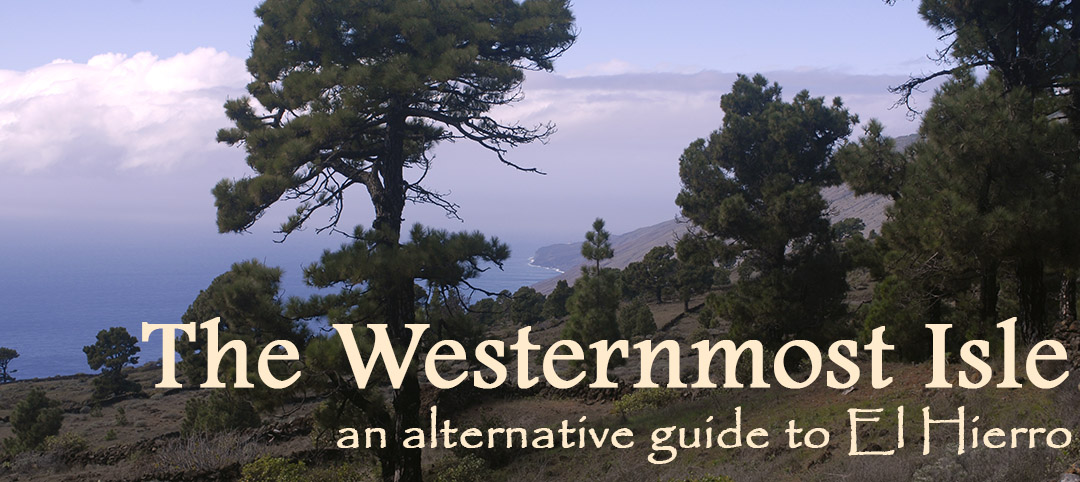I’ve been rather quiet recently. February and March are for us quite busy months, in terms of work and socially, too. The vineyard needs a lot of attention: the grass and weeds need cutting and the vines need pruning. But the wonder of seeing, often in a question of days, new growth sprouting from the buds we carefully left on the cut-back canes and the minute inflorescences that will become future bunches of fruit make it all worthwhile. It’s also the time when friends who every year spend part of the winter here leave to get some skiing in the north or to see the spring start further south. It’s a time of farewell dinners, glasses raised, and seeing-off trips to the airport.
As in most places where people go on holiday or become “foreign residents”, it’s difficult to make real friends with the locals in the Canaries, so foreigners tend to mix more with people like themselves, usually of their own nationality. This is especially so in a small island like El Hierro. The Herreño is hospitable, funny, easy to get on with (if you don’t mind unexplained delays when getting the plumbing done) and often surprisingly generous. But he is the islander and you will always be the outsider. His society, despite apparent internal rifts and quarrels, is closely knit. Like the people from La Gomera, the people of El Hierro are all cousins, perhaps not literally but family ties are strong and very, very extensive. They had to be like this since it was a forgotten island, left to itself, and conditions were sometimes so hard that, as in the middle of the twentieth century, the population had to emigrate en masse. So, if you spend some time here, you’ll get to know a lot of people, acquaintances not friends although they’ll call you “amigo”.
An Herreño I once knew, he’s long dead now, was a man who had led a convulsive, hard life but was still able to talk about it with clarity and devilish humour. We were talking about “amigos”. He maintained he had never had a real friend and I said I had.
“What is a friend?” he asked.
“You tell me,” I said.
“A friend is someone you can wake up at two o’clock in the morning and say ‘Come on, get up, I’m going to kill Eusebio!’ and who pulls on his trousers to go with you to help.”
There aren’t many like that, especially if Eusebio is their cousin!
 |
They can't see us behind the tinted airport glass but they know we're there. So they wave.
Or are they waving goodbye to the island? |















